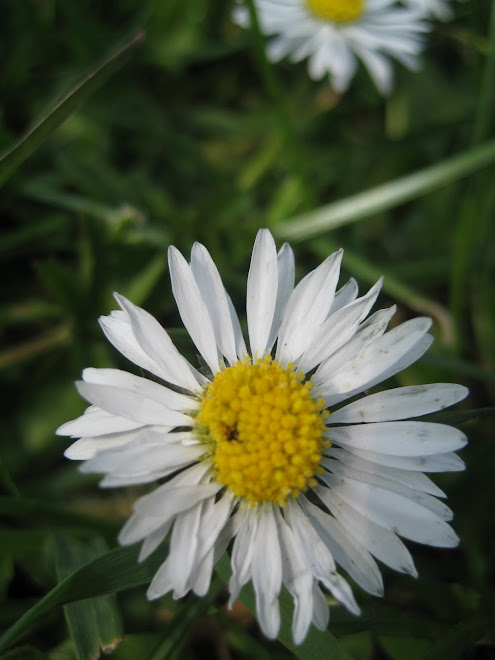We went off on a wander around the lush fields of Northaw yesterday with Angie and our little girls -I packed 5 baskets n bags, Angie packed picnic stuff. An adventure, what would find? First we came across the wonderfully fragrant Tilia trees on the village green in front of the church. Accessibly a low branched tree so no aching arms! We collected 2 big bags full and on sticking our heads in the bags decided that it smelt of watermelon, fresh and clean.
I had it in my head that I needed yarrow so we headed on the footpath toward Cuffley, where I was sure I had seen some yarrow before. What alot of Plantain we found mostly major but lots of lanceolata too. The Major has much rounder leaves but both varieties have similar medicinal properties of amazing mucous membrane restorative powers, a number one in my hay fever repertoire. I have used it for cuts and grazes whilst out n about, once my son came off his bike and grazed his palms up pretty badly -I chewed up a few plantain leaves and used them as a poultice on his hurting hands -the anti microbial action preventing infection, the anti inflamatory action helping the wound to heal all in all a fab remedy. Our next exciting find was the wood betony, with her distinct square mint stems covered in fine hairs and bursting with purple blooms her botanical name is Stachys betonica, and I think she tastes like porcini mushrooms, a flavour I find common to a few plants with nervine actions.
The Wood Betony was held in high repute not only in the Middle Ages, but also by the Greeks who extolled its qualities. An old Italian proverb, ' Sell your coat and buy Betony, ' and 'He has as many virtues as Betony,' a saying of the Spaniards, show what value was placed on its remedial properties. Antonius Musa, chief physician to the Emperor Augustus, wrote a long treatise, showing it was a certain cure for no less than fortyseven diseases.
Throughout the centuries, faith in its virtues as a panacea for all ills was thoroughly ingrained in the popular estimation. It was largely cultivated in the physic gardens, both of the apothecaries and the monasteries, and may still be found growing about the sites of these ancient buildings.
I use it alot with folks who suffer from nervous headaches, or thoughts that go round in circles causing high stress.
The tiny bright yellow agrimony flowers caught our attention next – it struck me as to how similar the foliage was to meadowsweet –but they are both in the rose family and must be closely related.
I have not used Agrimony much but –Bach says of Agrimony -Agrimony is a specific in any condition where the person holds the breath to stop the pain. This causes the release of endorphins – the body’s own opiates – which suppress pain. Agrimony people need to learn to ‘breath through’ the pain. As a consequence, the respiratory apparatus is affected. Agrimony is suited to conditions where the person is ‘tortured to capture the breath,’
And from Matthew Woods I got that Agrimony is a specific kidney pain remedy so I shall be trying it out on my next fitting patient…….
Finally found the yarrow but much of it wasn’t quite ready another day or two of sunshine to cokes the heads into fully opening.
I am drying all our precious treasures for teas.
1 Jul 2011
Subscribe to:
Comments (Atom)




